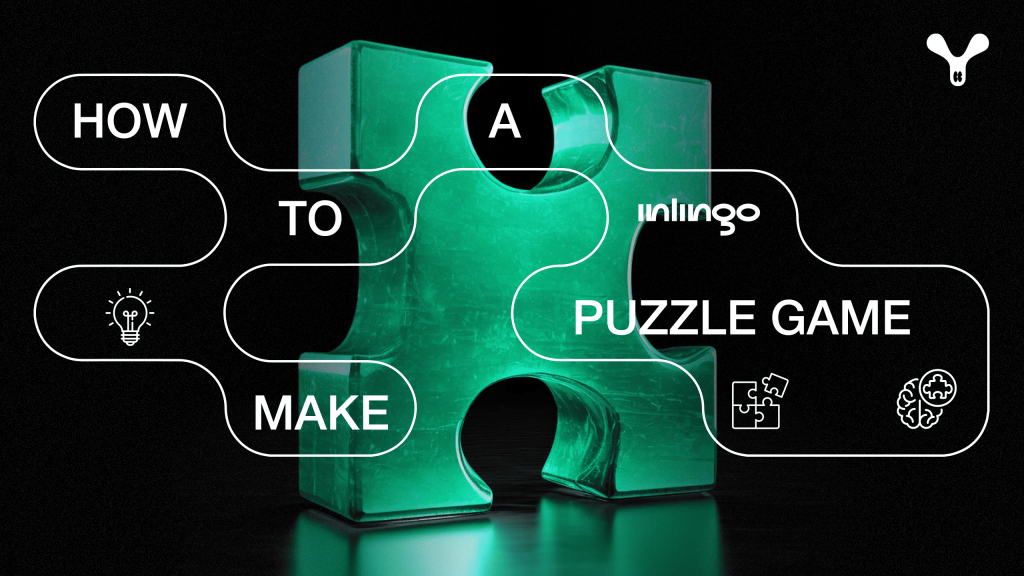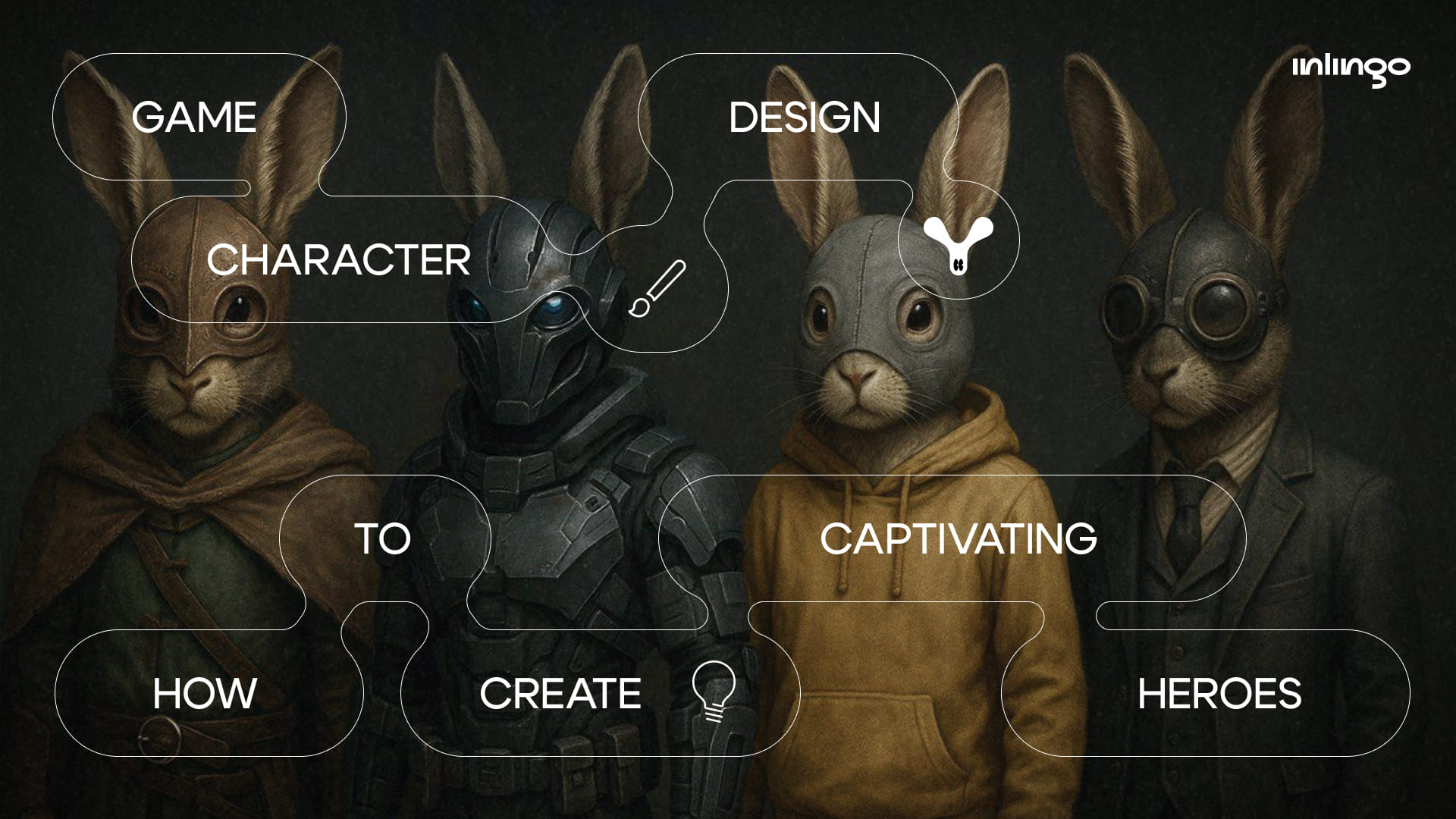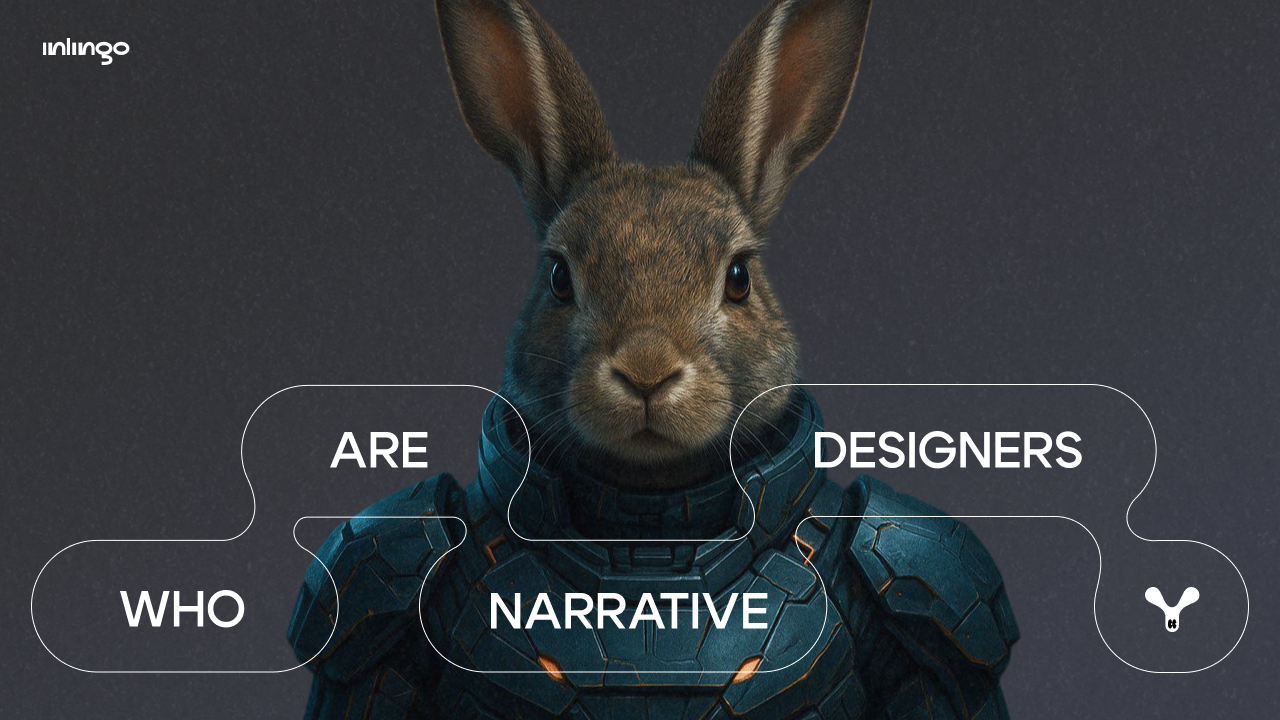How to make a puzzle game? It’s not easy—it’s an exciting and creative process that combines logic, design, and concern for player experience. Puzzle games can be simple and relaxing or complex and inspiring, challenging players to solve difficult tasks.
In this article, we’ll show how to develop a high-quality puzzle game step by step, from initial idea to final version.
What’s a puzzle game?
Puzzle games are a genre in which the main element of gameplay involves solving tasks. The player has to make use of logic, observation skills, spatial thinking, or experimentation with mechanics to progress through levels. Successful puzzles strike a balance between difficulty and the enjoyment of solving them.
Puzzle games present the player with a task that has to be solved using logic, observation skills, or experimentation.
For example:
- Sudoku—here, the player fills in a grid with numbers according to the rules. The game involves a simple but deeply varied logical system.
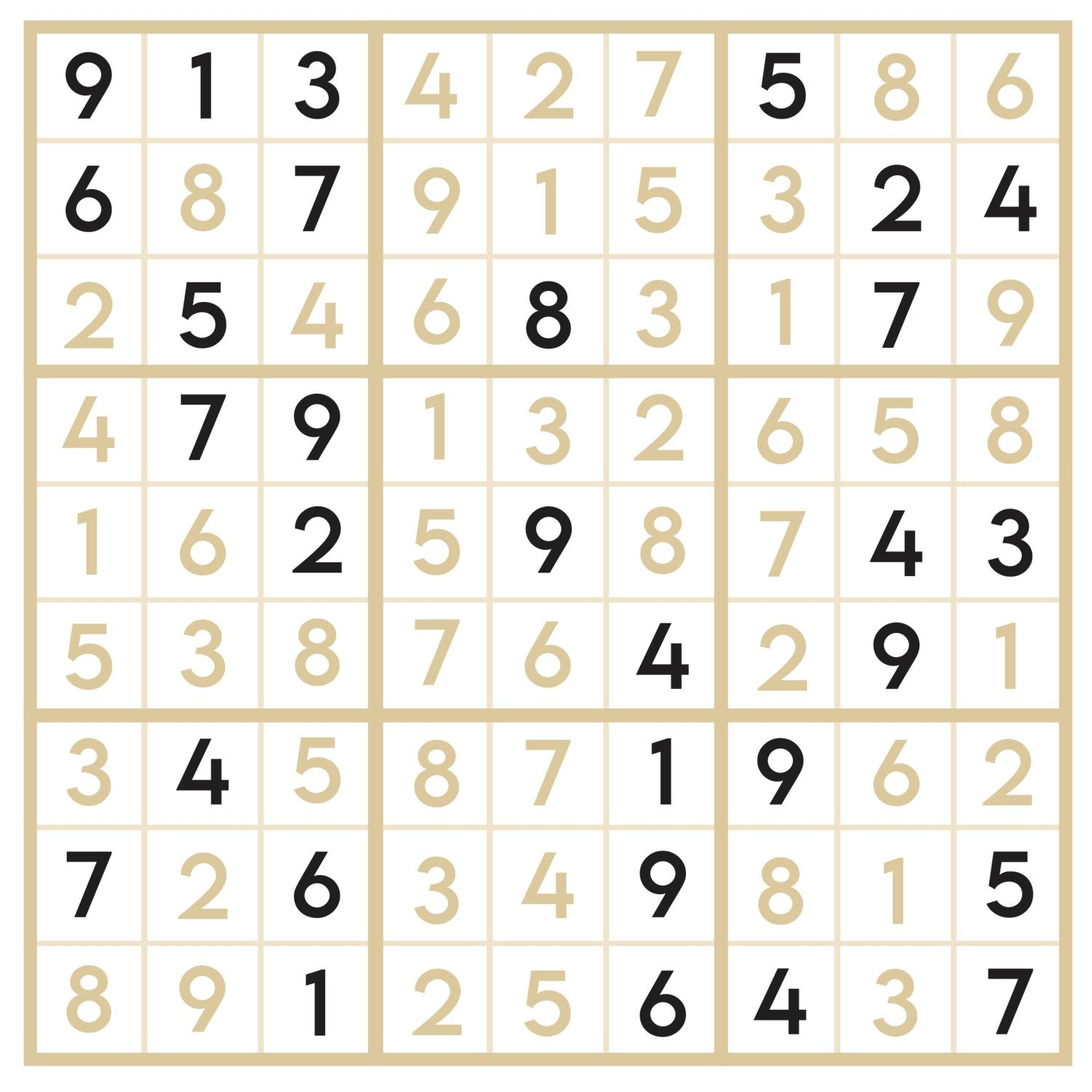
Sudoku. Source
- The Witness—this game consists of visual puzzles in an open world.
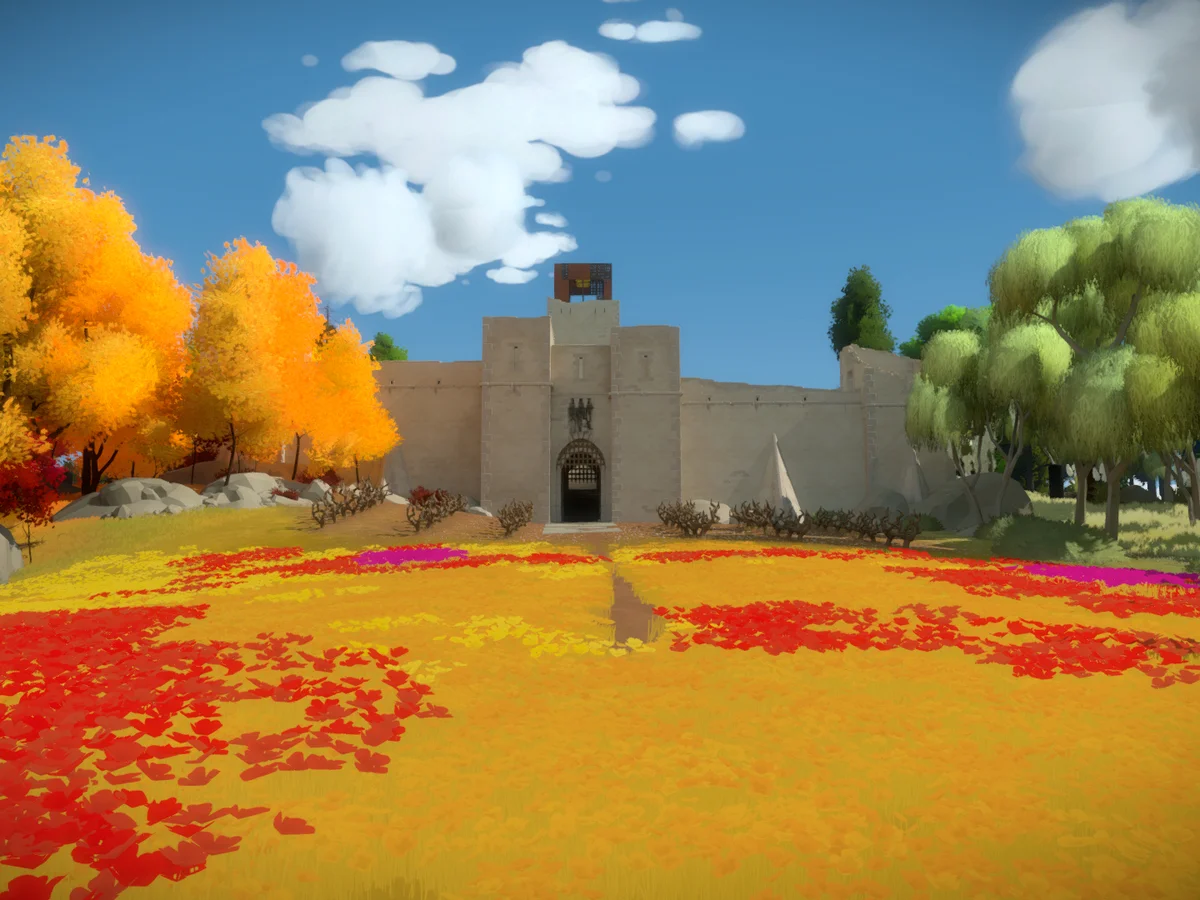
The Witness. Source
- Baba Is You—this puzzle game involves rule manipulation. The player moves words to change the mechanics on the fly.
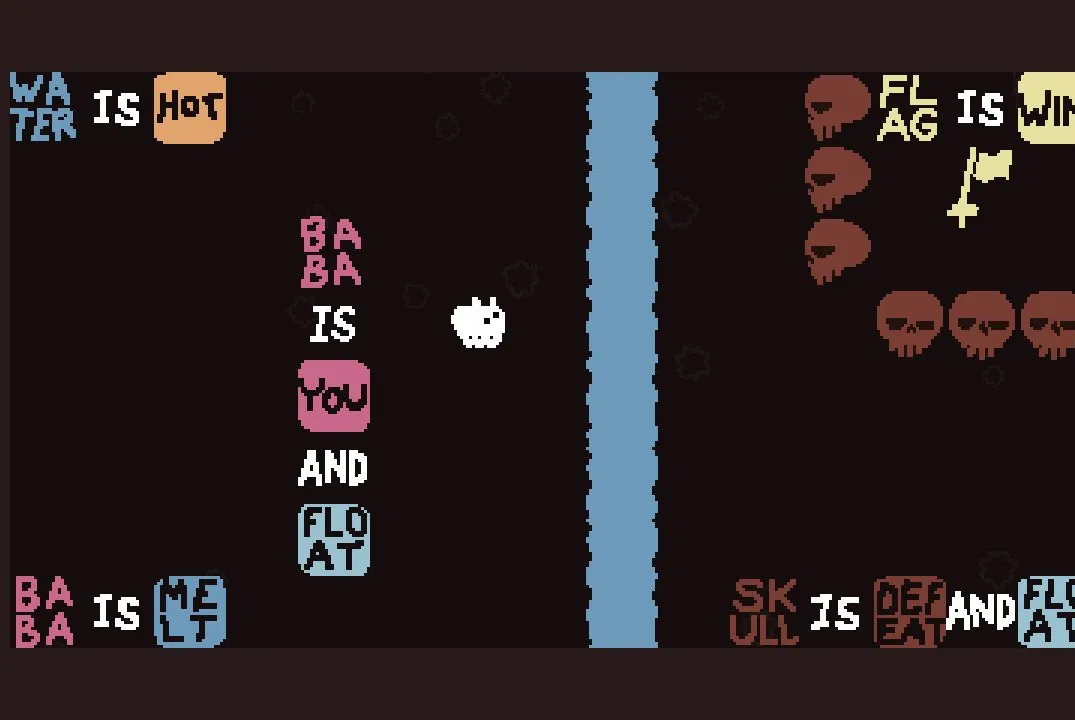
Baba Is You. Source
Let’s talk about how to make a puzzle game.
1. Define the game mechanics.
The mechanics are the game’s main engine. They answer the question, “What does the player do and how does it affect the world?”
Actions vs. mechanics
It’s important to distinguish between the player‘s actions (movement, pressing, dragging) and the game mechanics (the system rules by which the game responds to player actions). For example, in the game 2048, the action is swiping tiles, whereas the mechanic consists of combining tiles when their values match.

A couple more examples:
- In Tetris, the action is rotating and moving shapes, whereas the mechanic consists of lines disappearing when filled.
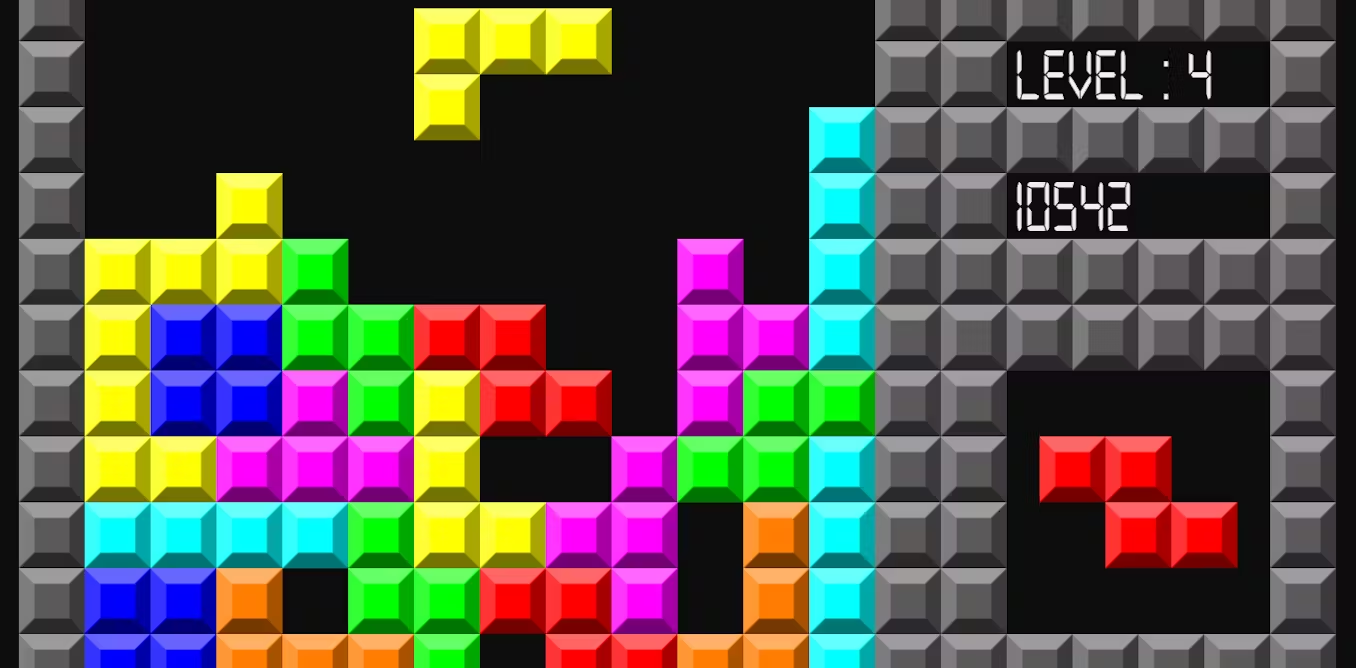
Tetris. Source
- In Monument Valley, the action interacts with the architecture, whereas the mechanic consists of changing the perspective.
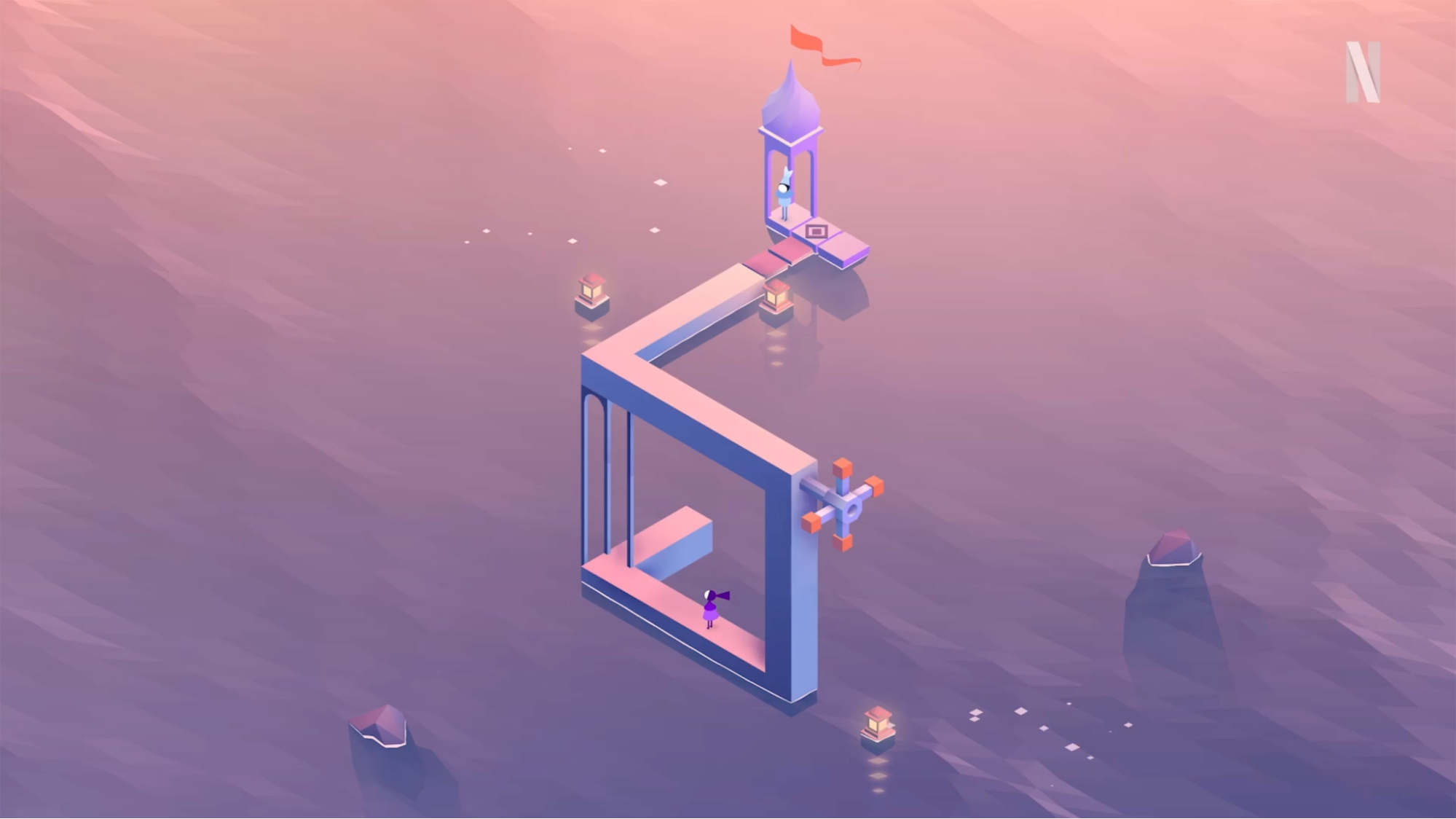
Monument Valley. Source
Game actions can be simple but meaningful if the mechanics are well-designed.
Different types of mechanics
Mechanics can be based on:
- logic (e.g., Sudoku)
- spatial thinking (e.g., Tetris)
- time management (e.g., Baba Is You)
- manipulation of objects (e.g., Portal)
Portal is a cult puzzle game made by Valve, in which the player controls a character named Chell who’s undergoing tests in the Aperture Science laboratory. The main feature of the game is a portal gun that creates two interconnected portals (entrance and exit), which allow you to move through space.
The aim of the game is to complete a series of test levels and reach the exit. The basic mechanic of the game involves using portals to solve spatial puzzles, such as jumping over gaps, changing the direction of fall, and moving objects.

Portal. Source
- interacting with physics (e.g., World of Goo)
World of Goo is a physics-based puzzle game where the player builds structures out of living goo balls to reach the exit pipe on each level.
The aim of the game is to build a stable structure out of goo balls so that as many goo pals as possible reach the exit. The basic mechanic consists of goo balls connecting to each other to form beams. The structure obeys the laws of physics—it can tip over, fall, or collapse.
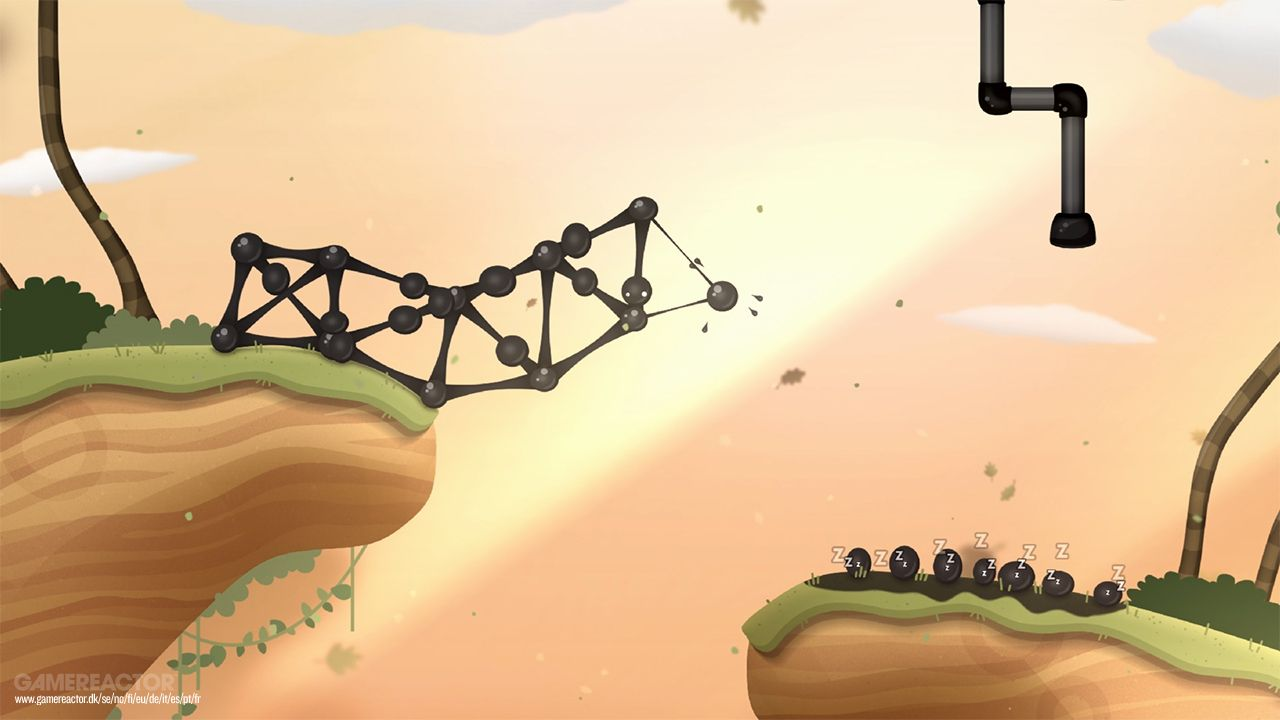
World of Goo. Source
Choose mechanics that will act as the foundation of your project.
Analog mechanics and digital mechanics
Analog mechanics can be borrowed from board games or puzzles (e.g., jigsaw puzzles, mazes). Digital mechanics often make use of the abilities of computers, e.g., changing gravity, teleportation, code ciphers. You can combine both approaches to diversify the gameplay.
Examples of analog mechanics: jigsaw puzzles or Rush Hour (moving cars).
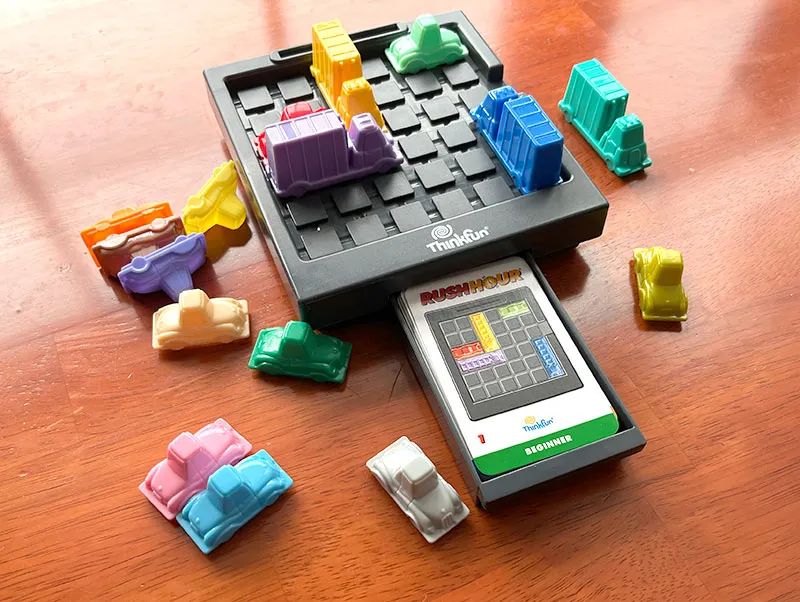
Rush Hour. Source
Example of digital mechanics: Portal (creating portals, which is impossible in the real world).
Example of mixed mechanics: Gorogoa (a game combining illustrated panels (analog visuals) with digital transitions between them).
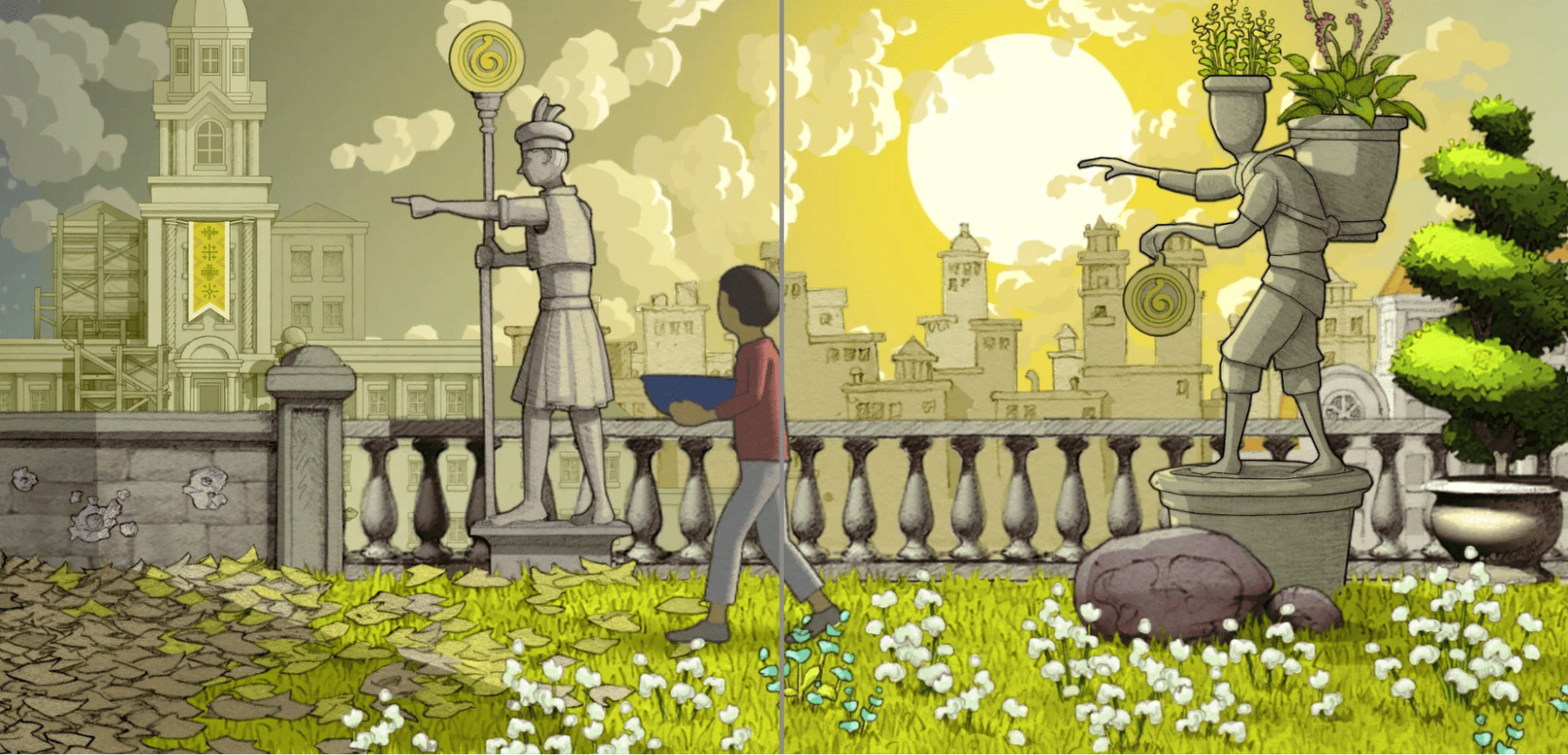
Gorogoa. Source
2. Think through the player’s progress.
Progress is the feeling of moving forward. Create a system of levels or stages with increasing difficulty. Allow the player to first get comfortable with the basic mechanics and then present new forms of them.
For example, in Portal, the game starts with a single portal gun and basic tasks. It then adds turrets, lasers, and timed portal puzzles. Each level teaches something new.
Each new level should teach something new rather than just repeating what came before. It’s important not to introduce everything at once and to instead make the tutorial part of the game. Progress can be story-driven or through unlocking new modes.
3. Design levels and create challenges.
Levels are central to puzzles. They should be varied, interesting, and have a clear objective. A good challenge has:
- a clear goal
- a gradual increase in difficulty
- unique features at each stage
A few examples:
- Stephen’s Sausage Roll—in this game, each puzzle is logical but incredibly difficult. There are few words; instead, everything is conveyed through the gameplay.
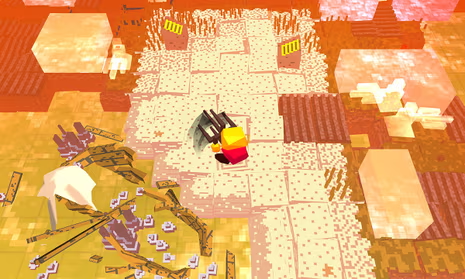
Stephen’s Sausage Roll. Source
- Candy Crush—in this game, the level design uses elements of chance but with predictable difficulty and goals.
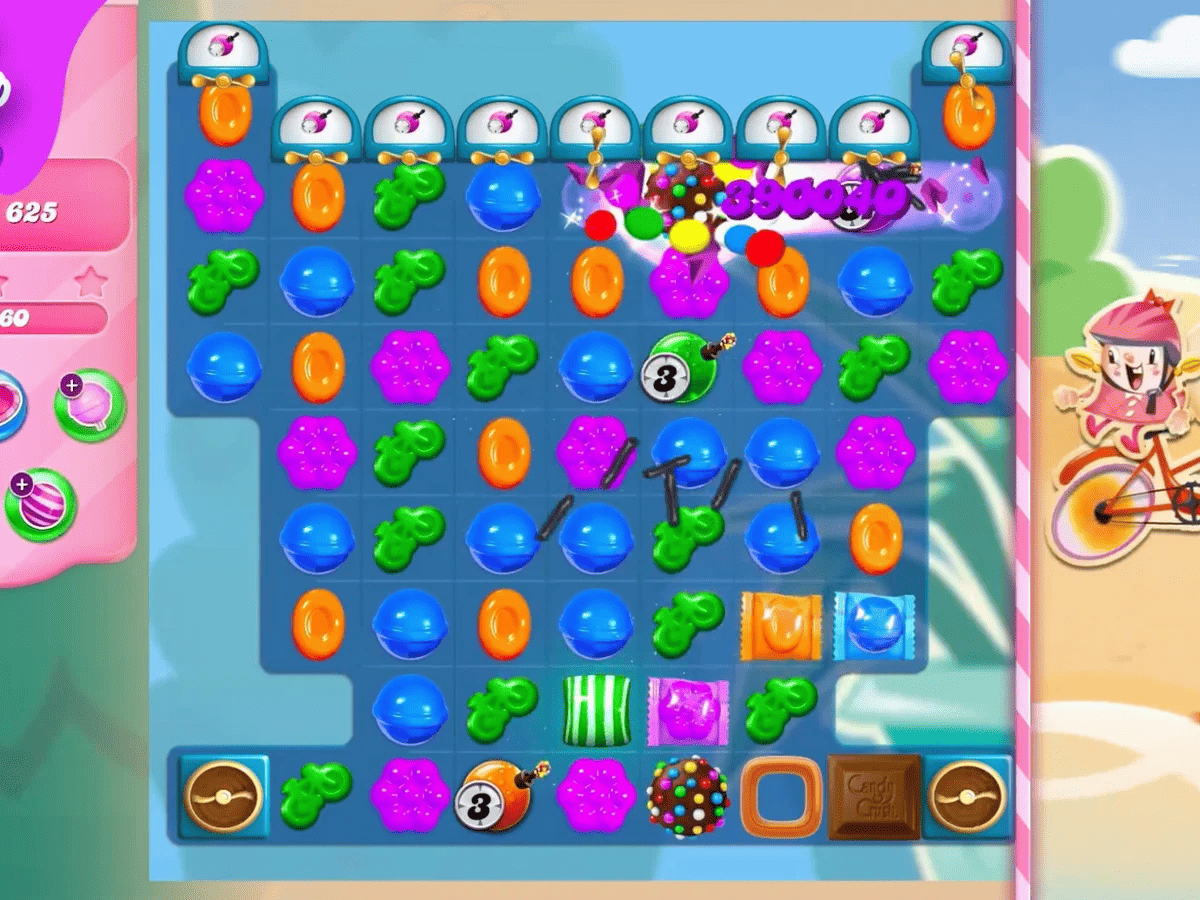
Candy Crush. Source
- Braid—here, each level has its own time-based game mechanic.
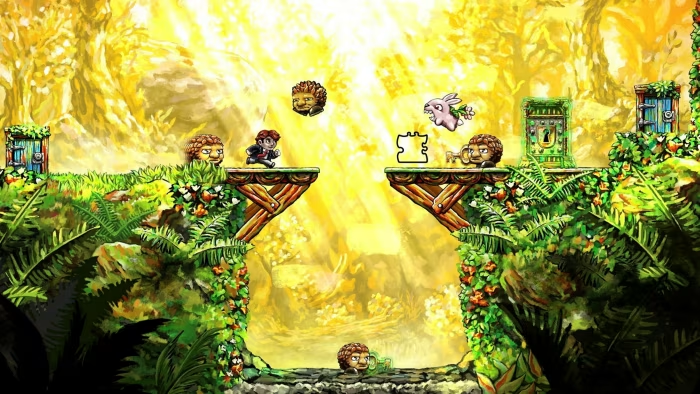
Braid. Source
Adhere to principles of level design:
- Show, don’t tell.
- Introduce new elements gradually.
- Reward ingenuity.
4. Focus on aesthetics and sound design.
Visual style and sound impact how a game is perceived just as much as mechanics. A pleasant interface, logical animation, and sounds for clicks or victories make gameplay intuitive and emotionally rich. Make sure visual elements don’t distract from the task at hand but rather help in solving it.
Bright examples of puzzles with a recognizable style:
- Monument Valley—architecture inspired by the paintings of M. C. Escher, accompanied by a meditative sound.
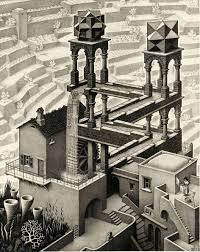
One of Escher’s paintings. Similar structures can be seen in Monument Valley. Source
- Gorogoa—hand-drawn graphics, a “living picture” feel.
- Two Dots—minimalism with pleasant animation.
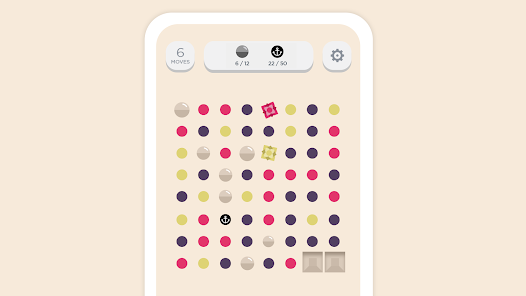
Two Dots. Source
5. Don’t forget player rewards.
Even in minimalist games, rewards are important. Rewards can be new visual themes, unlocking the next chapter, medals, points, or achieving goals.
Rewards motivate players to continue and give meaning to even the most difficult levels. Examples of rewards in popular puzzle games:
- Baba Is You—reward consists of unlocking new puzzles and mechanics.
- Mini Metro—as a reward for achieving goals, new cities are unlocked.
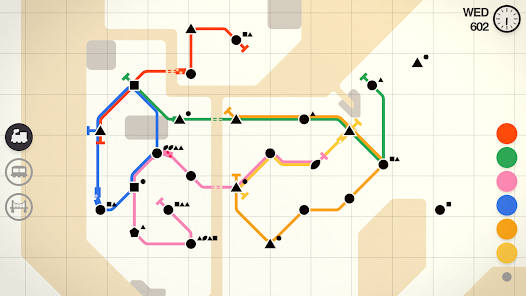
Mini Metro. Source
- Human Resource Machine—points and reports on puzzle-solving efficiency.
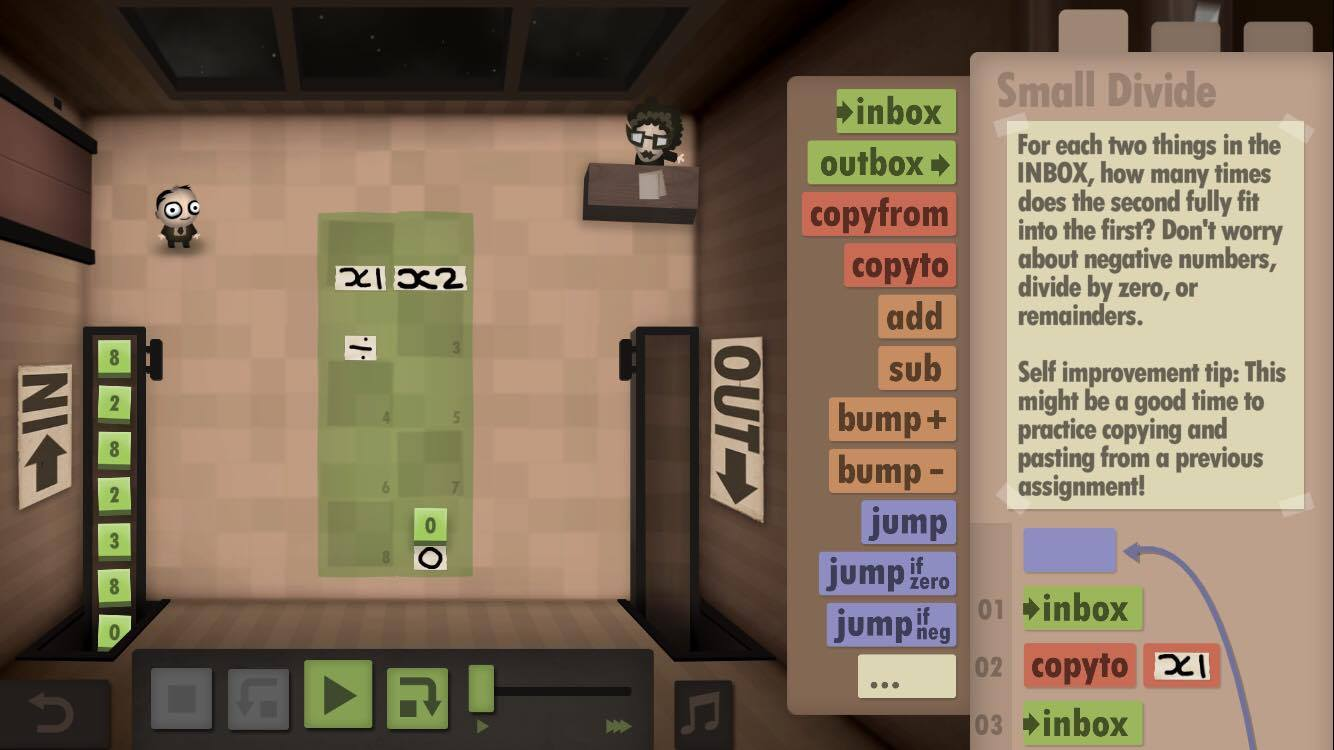
Human Resource Machine. Source
6. Test and select the best.
Show the game to different people: gamers, beginners, friends. See where they get stuck and where they find it easy. Use this data to improve the design, simplify overly confusing levels, and reinforce interesting ideas. Remember: a good puzzle comes from repetition.
The makers of The Witness tested the levels for months to remove the possibility of accidental completion. Zachtronics collects and analyzes players’ solutions to improve levels and balance difficulty.
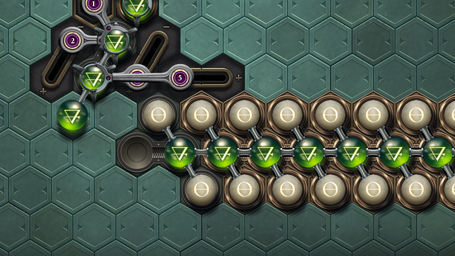
Zachtronics. Source
7. Create a monetization strategy.
If you plan to sell your game, think about your strategy in advance. It could include:
- purchase of the full version
- donations and bonus levels
- ads between levels
- subscription to new challenges
The main thing is to avoid sacrificing gameplay for monetization. Players can tell. Examples of monetization in popular games, some successful, some less so:
- The Room—from the outset a paid game with no ads.
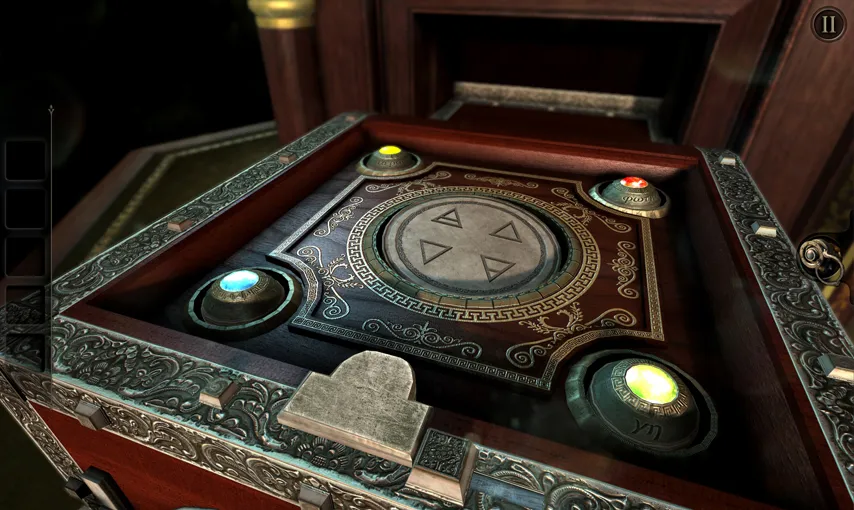
The Room. Source
- Brain Out—a free game but with aggressive advertising (many complaints from players).
- Mini Metro—paid features available but without being intrusive.
8. Choose the type of puzzle you want in your game.
There are many different types of puzzles:
- thinking puzzles (logic, codes)
- timed puzzles (reaction, speed)
- coordination puzzles (movement, manipulation)
- story-driven puzzles (how to escape a room)
- experimental puzzles (rewriting the rules, e.g., The Witness)
Decide whether you want one type of puzzle or a mix of types. This affects the mechanics, level structure, and difficulty.
A few tips for designing puzzles
1. Puzzles should be based on one central mechanic.
Don’t overload the game. It’s better to delve deeper into one mechanic than to create ten superficial ones.

Mini Metro’s mechanic is connecting stations. Everything revolves around that. Source
2. The player should have all the necessary information.
Don’t hide important data. A puzzle game isn’t a guessing game. Everything you need should be visible and/or accessible.
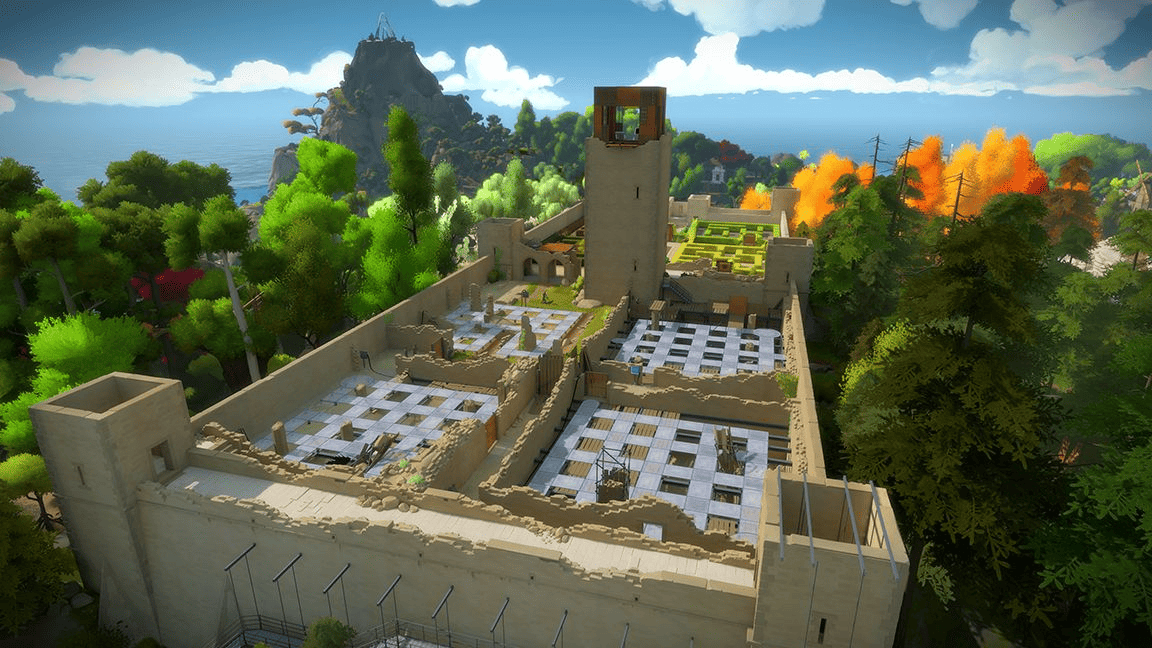
The Witness—each level holds everything needed to solve the puzzle, even if it’s not immediately clear how. Source
3. And the chance to experiment!
However, the player should have room for trial and error. Play with this—allow moves to be undone, restarts, or hints.
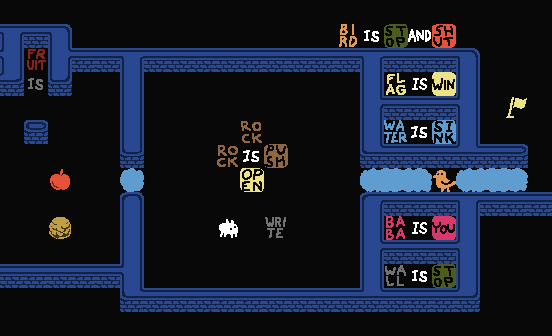
Baba Is You gives the player the opportunity to break the rules of the world—there’s even a level called Rewrite the Rules. Breaking the rules is part of the gameplay. Source
4. The game should be challenging, but not impossible.
Challenges are good when fair, i.e. when the player understands the concept and difficulties of the game in advance. No randomness or “hidden” solutions.
Stephen’s Sausage Roll is challenging but always fair. The solution is logical. People even write about how it’s almost impossible to enjoy the game as the levels get harder. However, those who’ve completed it say it’s all worth it.
5. Bear in mind that not everyone is an expert at puzzles.
Make the first levels accessible to avoid scaring off newcomers. Introduce difficulty gradually.
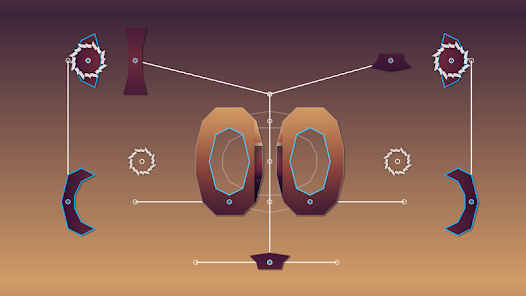
Zenge has almost no words or restrictions. This type of game is suitable for a wide audience. Source
6. Don’t be afraid to experiment.
Come up with something unique. Mix genres, turn mechanics upside down. Sometimes the best ideas are born out of chaos.
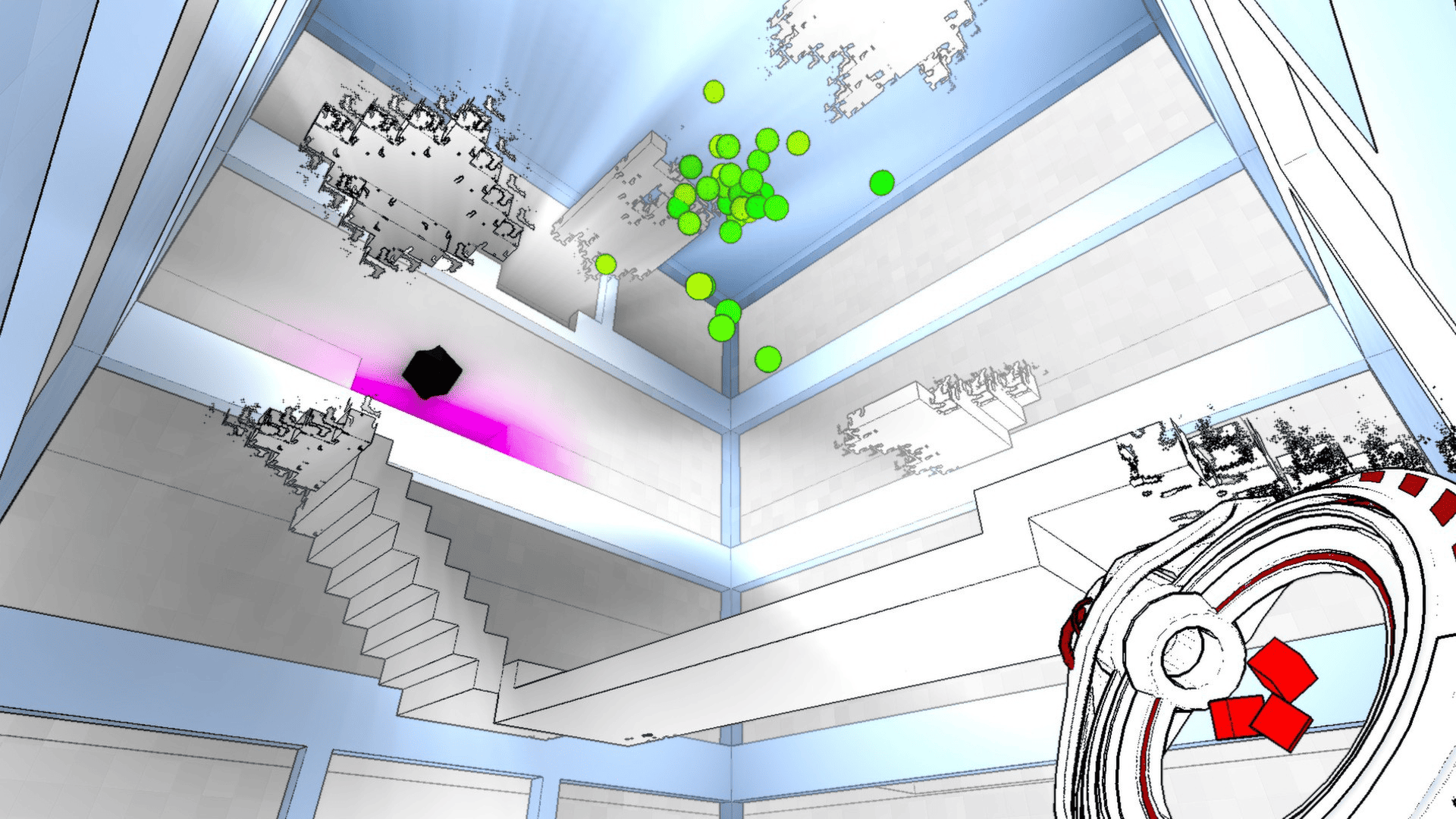
Antichamber breaks the rules: levels can start and end unpredictably. Source
7. Control the difficulty.
Add settings such as hints, skip, or level selection. This increases accessibility without compromising the design.
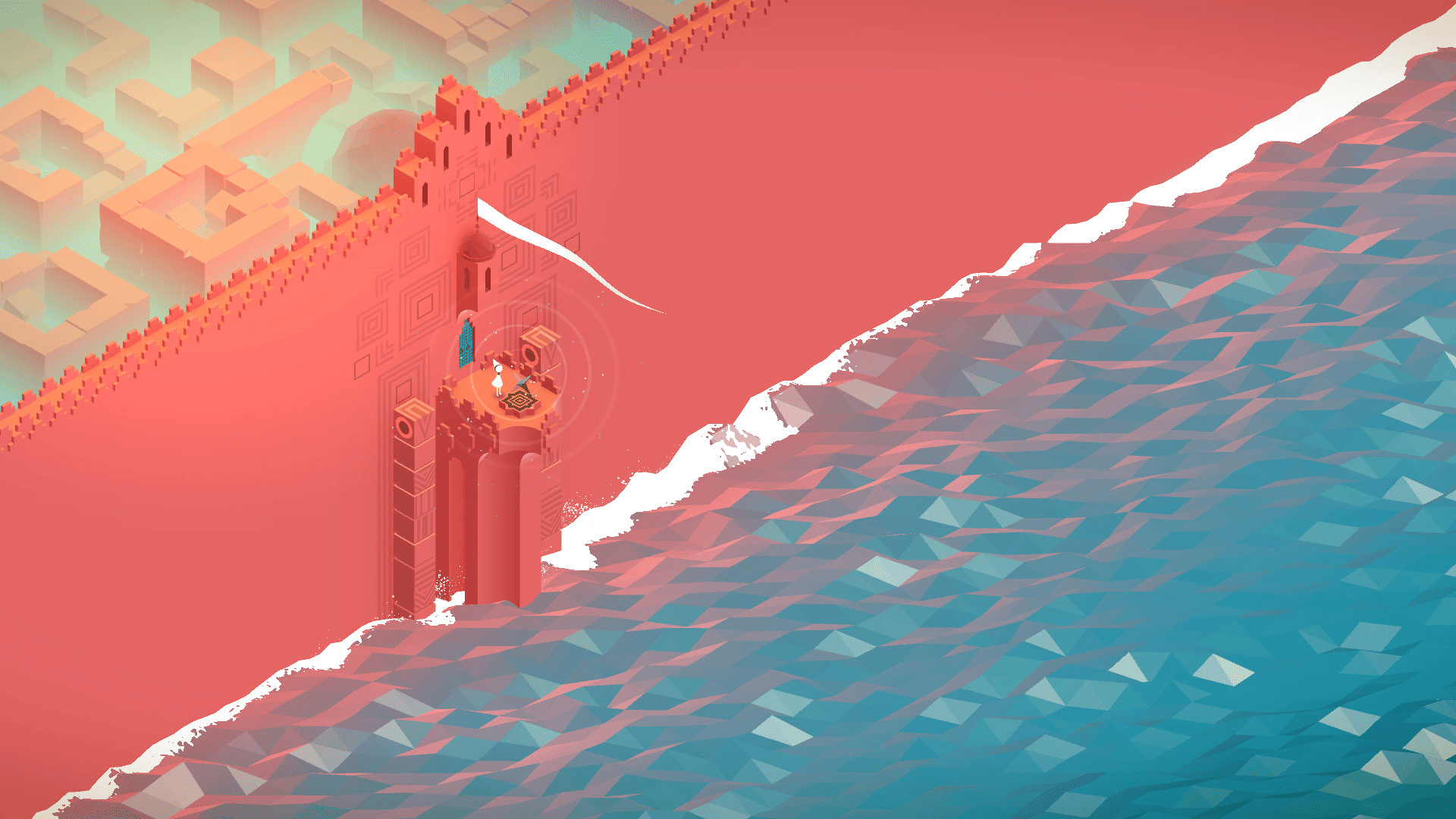
Monument Valley offers a fairly easy and peaceful gaming experience. Source
8. Understand the difference between difficulty and confusion.
Difficulty is how hard it is to complete a level. Confusion is when nothing makes sense. Difficulty is good. But excessive confusion can be harmful. Keep your levels clear and logical.
9. Help players avoid frustration.
Frustration is the worst enemy of puzzles. Use positive feedback, praise success, and help players avoid getting stuck on levels.
10. Don’t let players skip levels.
Unless it’s part of the gameplay. Instead, it’s better to adapt the difficulty or introduce alternative paths. Alternative paths are preferable (e.g., solve at least 5 out of 7 puzzles to move on).
Conclusion
To make a puzzle game, it’s not enough to combine tasks in a pretty package. It’s the art of designing challenges that are interesting, fair, and engaging.
Follow the basic principles, test, and refine, and your game is sure to find its audience. Ultimately, well-designed gameplay, balanced mechanics, and engaging levels are the keys to true success.

